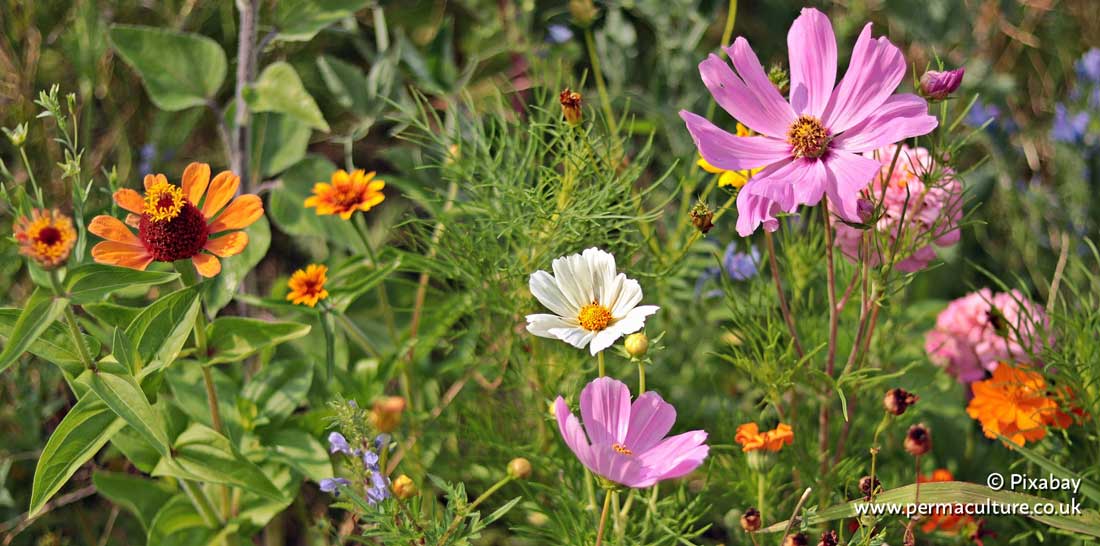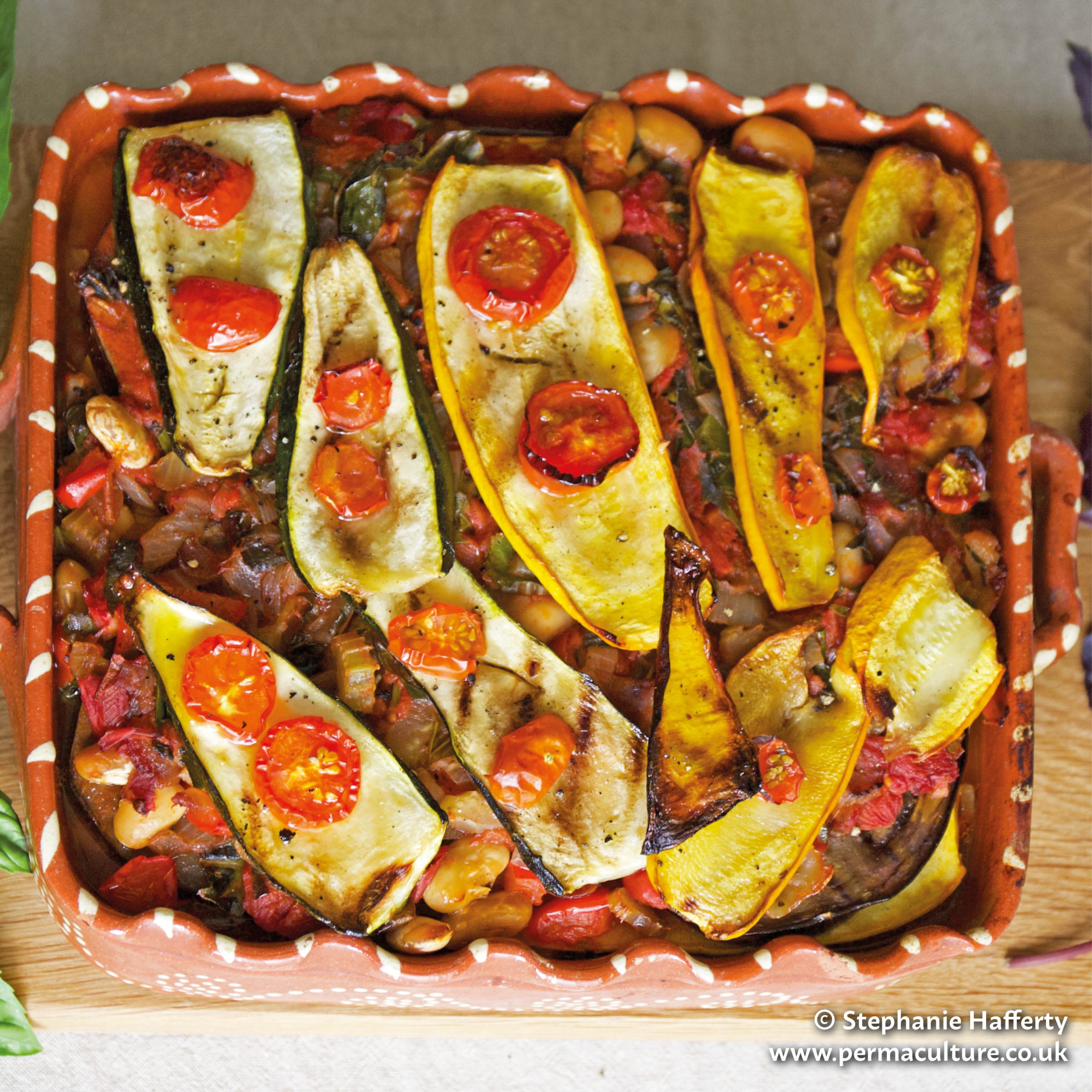Horsetail (Equisetum arvense also called mare’s tail) has abrasive properties that were used from the Middle Ages until the 18th century for scouring pots and pans, especially pewter. Its massive tap root means it pulls minerals up from deep in the soil. Playing with horsetail, you’ll find it breaks neatly at the stem nodes and stems can be stacked together, giving it the name ‘Lego plant’.
Horsetail contains alkaloids (including nicotine) and various minerals. Its unusual chemistry makes it a unique plant to use in skincare. Rich in silica it helps to keep skin, hair, nails and teeth healthy, preserving the natural elasticity in skin and restoring skin tone (especially after illness). It’s the go-to herb for broken nails and lifeless hair. Horsetail is sometimes known as the ‘hair gloss herb’, such are its conditioning properties.
Use the stems either fresh or dried (though it’s more effective fresh).
Horsetail looks like a throw-back to Jurassic times, the basic structure of the plant has changed little since dinosaurs roamed the land. Horsetail is often found in wastelands or along canals or railways, especially on sandy soils where it spreads easily. It is a curious looking plant with segmented stems, from which pine-needle-like leaves radiate. Do not plant in your garden as it’s incredibly invasive. Avoid gathering plants with brown spots as this is a fungal disease. Dry carefully without damaging the stems. When dry it becomes very difficult to cut, so you may prefer to chop your stems when freshly picked to have pre-prepared dried herb ready to use.
An irritant, best combined with demulcent herbs, and restricted to short-term use.
Add a strong decoction to the bath to soothe skin irritations and help heal minor abrasions. It’s good combined with dandelion, fennel and seaweed.
3 tsp chopped horsetail
150ml boiling water
Make: Put the horsetail into a bowl or cup and pour over 2/3 cup (158ml) of boiling water. Cover and leave to infuse.
Use: While still warm, put the infusion into a bowl and soak your nails for 10 minutes. Repeat every other day. It is good to alternate this with soaking your nails in warm oil for 5 minutes every other day. (There is an example of an oil nail soak Chapter 11 of the book, Vital Skincare.)
Store: Make up a fresh batch for each use.
7 tbsp (105g) grated, dried soapwort
7 tbsp (105g) snipped horsetail stems
Make: Prepare by putting the soapwort to soak overnight and then drain ready for use. Put the herbs into a pan and pour on 2 pints (1.2 litres) of water. Bring to the boil, cover and keep boiling for 15 minutes, then remove from the heat and leave to infuse for about an hour. When cool, strain into bottles, seal and label.
Use: You’ll need about a cup (250ml) of the shampoo each time you wash your hair.
Store: This will keep for about a week in the fridge, but you can make batches of 300ml to freeze in pots or freezer bags.
2 tsp freshly cut horsetail
Make: Put the horsetail into a small pan and pour over ½ cup (118ml) of water. Leave to soak for several hours before bringing to the boil. Simmer for 10 minutes, then cover and leave for a further 10 minutes before straining and putting into a screw-top jar.
Use: Apply morning and night after cleansing using cotton wool pads. Smooth it all over the skin and allow to dry.
Store: Keep in the fridge and make a fresh batch every two to three days.
—
This is an extract from Laura Pardoe’s Vital Skincare: Natural Healthy Skin in Just 5 Minutes a Day. Chapters include:
Laura is a plantswoman and natural skincare formulator. Now living in the Cotswolds, her time is shared between family, hedgerows, garden, workshops, desk and lab as she blends traditional and modern approaches to bring the skincare benefits of temperate plants to all.











